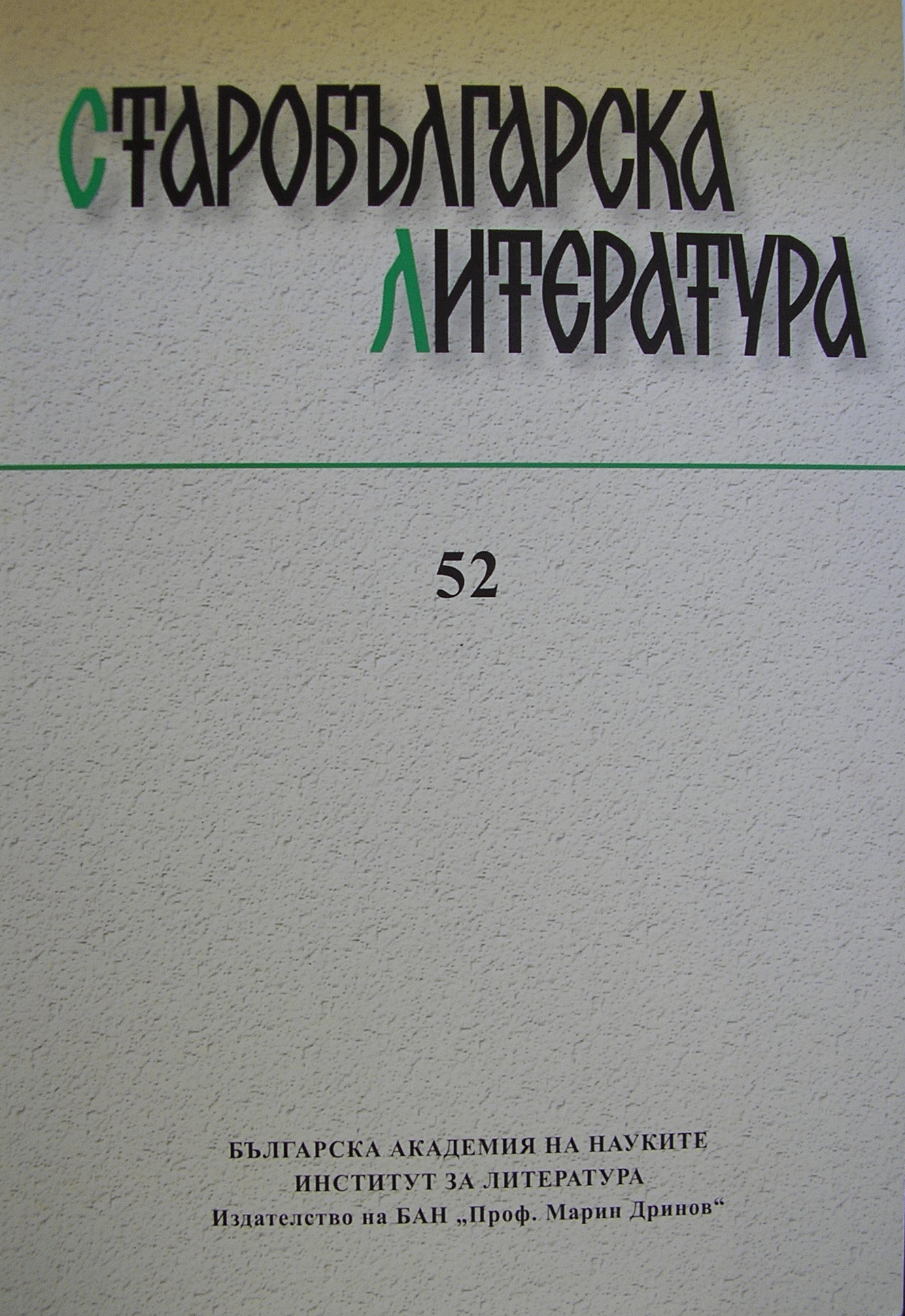
We kindly inform you that, as long as the subject affiliation of our 300.000+ articles is in progress, you might get unsufficient or no results on your third level or second level search. In this case, please broaden your search criteria.

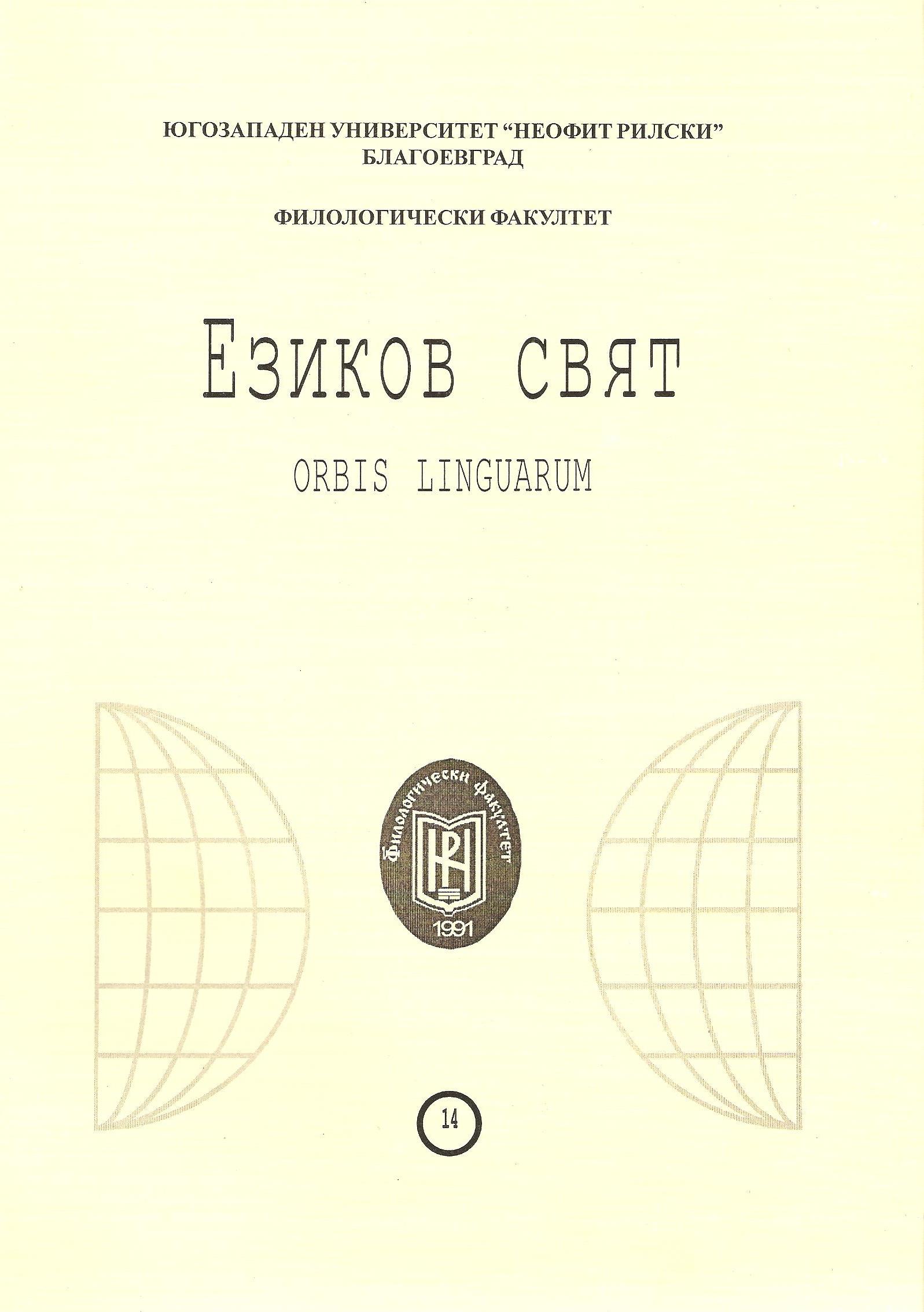
Central and Eastern European Online Library (CEEOL) is a leading provider of academic e-journals and e-books in the Humanities and Social Sciences from and about Central and Eastern Europe. In the rapidly changing digital sphere CEEOL is a reliable source of adjusting expertise trusted by scholars, publishers and librarians. Currently, over 700 publishers entrust CEEOL with their high-quality journals and e-books. CEEOL provides scholars, researchers and students with access to a wide range of academic content in a constantly growing, dynamic repository. Currently, CEEOL covers more than 1350 journals and 330000 articles. CEEOL offers various services to subscribing institutions and their patrons to make access to its content as easy as possible. Furthermore, CEEOL allows publishers to reach new audiences and promote the scientific achievements of the Eastern European scientific community to a broader readership. Unaffiliated scholars have the possibility to access the repository by creating their personal user account.
More...
Ms. Sl. 156 (RA156) is an extensive Pentecostal Panegyric which includes texts from Holy Week through the Sunday of All Saints. The manuscript is incomplete, but its largest lacuna has been filled up from a miscellany of fragments in the collection of P. A. Shchukin, the State Historical Museum in Moscow. The fifth fragment of Shchuk 369 (Shchuk 369/V), located on Fol. 56r-68v according to the general foliation of the textual body, comprises folia that have been extracted from two different parts of a single jer manuscript. The first group of texts is related to Thomas Sunday (10 fol.), the second to Ascension (3 fol.). The manuscript dates from the 1320s-1330s. It has no jers and was written on Mt. Athos, then evidently transported to Romania by Paisii Velichkovski. This codex reveals a notable correlation between the orthography and the arrangement of the texts within each cycle of feasts, which sets it apart from other known South Slavic panegyrica and suggests that there could have been more than one protograph of the Pentecostal Panegyric.
More...

The article describes the process of studying gentry archives by Professor Adam Skałkowski (the 1919 founder of Poznań historiography) and his students. These vast source materials perished along with the gentry class itself in 1945, and the works of the Poznań historian and his followers are the last trace of them. The main source material is the correspondence between members of the gentry and Skałkowski’s students, stored mainly in the Manuscript Department in the Library of Adam Mickiewicz University, but also in the Archive of the Polish Academy of Sciences in Warsaw and the Ossolineum in Wrocław. This is complemented by Skałkowski’s memoirs from the author’s collection. The inquiries and trips of Skałkowski and his students to palaces and manors helped create dozens of source articles and monographs. The article aims at reconstructing these researchers’ work in archives. The series titled “The lives of esteemed Poles in the 18th and 19th centuries” (written by Skałkowski) alone included 34 book publications — the fruit of these investigations, including multiple papers by MA and PhD students.
More...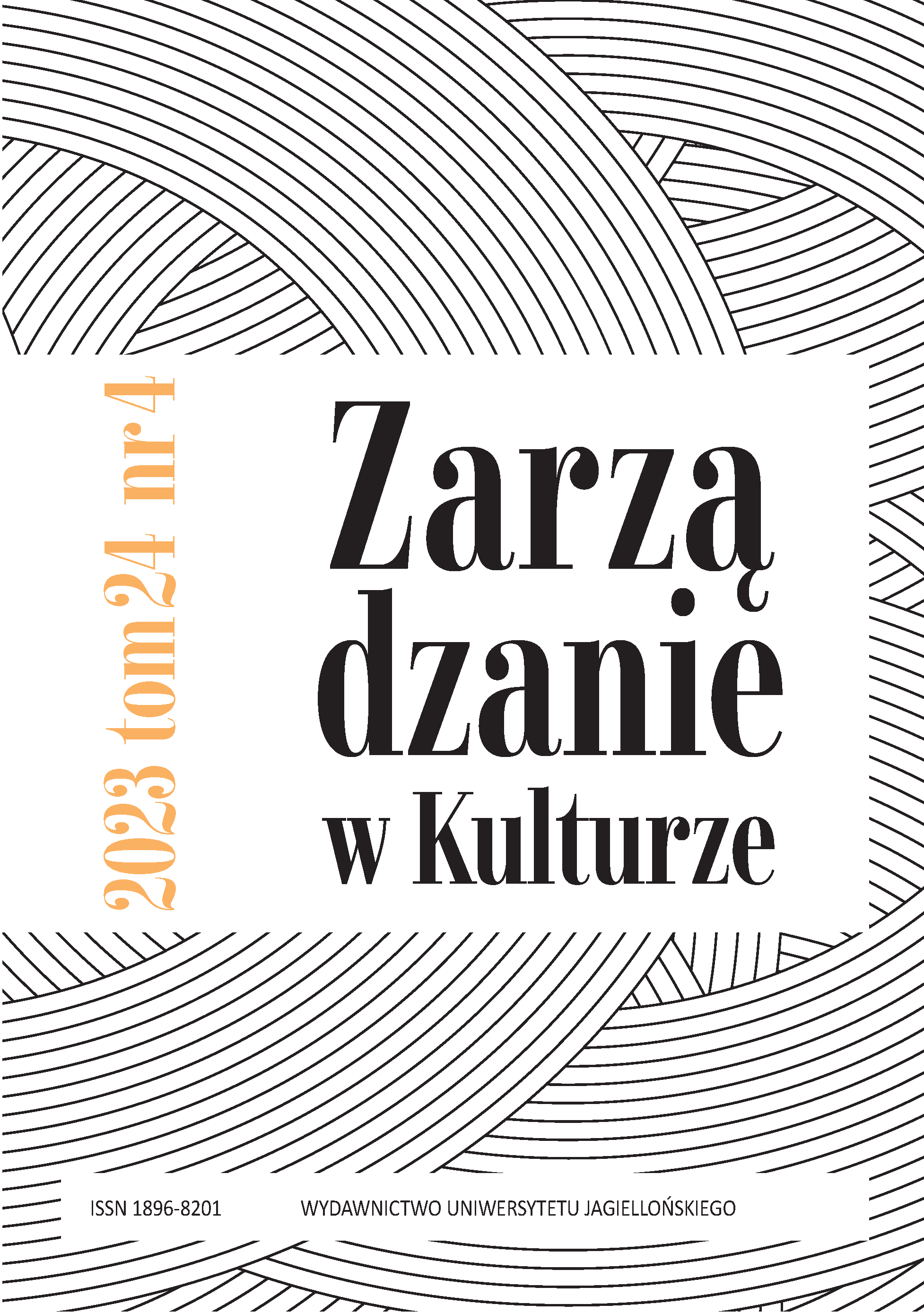
The article is concerned with professional marketing activities of cultural institutions and local governments. The article showcases the importance of local heritage and its influence on their distinctive and competitive character. The aim of the research is to attempt to complete the process of creating the cultural institution’s brand in the context of the city’s brand by the example of Poznań Heritage Centre. The background of the discussed issues is the presentation of the specificity of marketing activities in the culture industry and local government. The research conclusions show that the use of the brand model is an effective way to manage a cultural institution and provide effective support for the city’s image. The article was written using the method of analysing the literature and presenting a case study.
More...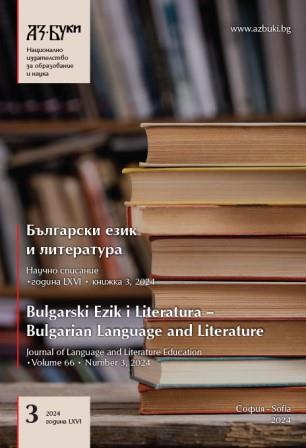
This paper seeks to bridge the gap between archival text analysis and network analysis by applying network clustering methods to analyze the coverage of Bulgaria in 123 issues of the newspaper Osservatore Romano published between January and May 1877. Utilizing optical character recognition and generalized homogeneity blockmodeling, the study constructs networks of relevant keywords. Those including the sets Bulgaria and Russia are rather isomorphic and they largely overlap with those for Germany, Britain, and War. In structural terms, the blockmodel of the two networks exhibits a clear core-semiperiphery-periphery structure that reflects relations between concepts in the newpaper’s coverage. The newspaper’s lexical choices effectively delegitimised the Bulgarian national revival, highlighting the influence of the Holy See on the newspaper’s editorial line.
More...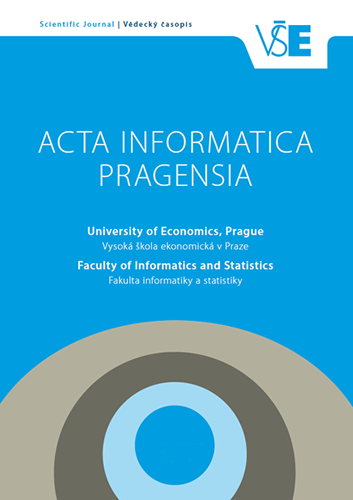
The automated classification of historical document scripts holds profound implications for historians, providing unprecedented insights into the contexts of ancient manuscripts. This study introduces a robust deep learning system integrating an intelligent feature selection method, elevating the script classification process. Our methodology, applied to the CLaMM dataset, involves preprocessing steps such as advanced denoising through non-local means and binarization using Canny edge detection. These steps, pivotal for image cleaning and segmentation, set the stage for subsequent in-depth analysis. To enhance feature detection, we employ the Harris corner detector, followed by a k-means clustering process to eliminate redundancy and outliers. This process facilitates the extraction of consistently sized patches, capturing distinctive features of various scripts in historical manuscripts. The dataset undergoes rigorous training using precise convolutional neural network (CNN) models, empowering our system to discern intricate patterns and features for informed decision-making during the classification process. Ultimately, for the definitive script classification of an entire document, we employ a majority voting mechanism on the patches. The results highlight the effectiveness of this comprehensive approach, with the system achieving an impressive accuracy rate of 89.2%. This underscores the system proficiency in accurately classifying historical document scripts, offering a reliable and efficient solution for historians and researchers. The robustness of our methodology positions it as a compelling tool for meticulous analysis of historical manuscripts, contributing significantly to the field of historical document research and preservation.
More...
Indexing is considered a means of assessing the quality and impact of scientific publications. Each information system defines its selection policy by the appropriate rules, procedures and controls to ensure that the sources included in it meet the standards for scientific publishing. This article examines the criteria for indexing scientific journals in Index Copernicus and compares them with the indexing procedures of Scopus and Web of Science databases, with a focus on Bulgarian journals included in the Polish scientometric platform. Data related to the proper identification of journals, their editorial policies, open access publishing, indexing in academic research databases, and impact indicators are analyzed. The study found similarities in the indexing criteria of Index Copernicus and reputable databases Scopus и Web of Science, but differences are observed regarding the transparency and control of their application.
More...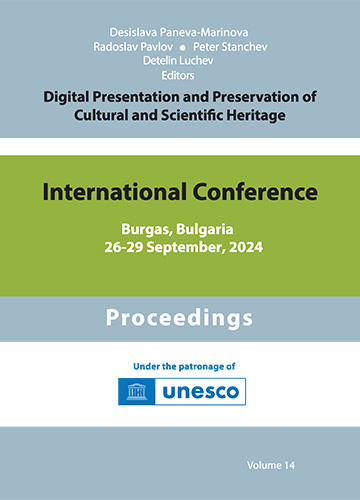
The paper presents the research, development, and some of the major implementations to date of the web-based platform for intelligent cultural con-tent management CultIS. It is an innovative environment providing descriptive cataloging, subject indexing, intelligent data retrieval, curation and collection development aimed at meeting the functional needs associated with the growing expectations of users of cultural institutions such as libraries, museums and other providers of cultural and historical heritage. Based on the implementations of CultIS for different purposes and contexts, not only its effectiveness, stability and reliability are tested, but the results also serve for its constant development and improvement.
More...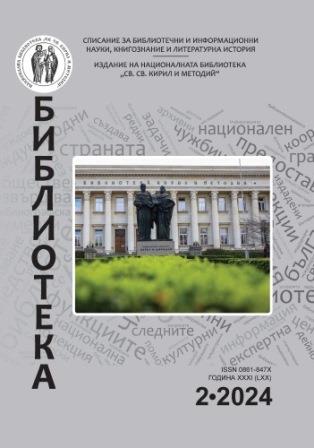
The cartographic collection of the „St. St. Cyril and Methodius” National Library is a rich source for studying the history, geography and ethnography of our country, the Balkan Peninsula, Europe and other continents.The oldest editions in the collection date from the 16th century.
More...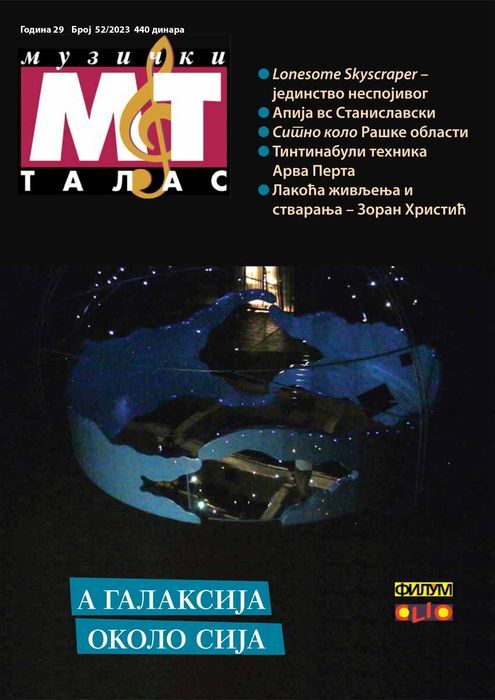
In the wider area of Raška, the small round, which represents a living element of intangible cultural heritage, is still performed today. The mentioned dance belongs to the kinetic-formal type of round in three, the most widespread and persistent pattern in the dance tradition of Serbia. The small round is practiced in formal and informal contexts, i.e. at various private and public celebrations (weddings, vows, baptisms, prelo, poselo, baptism dances, etc.). The musical accompaniment of the small round can be made by a clarinet and a drum, as well as pipes. The main goal of the work is to look at the specifics of the performance of this round, to determine its basic characteristics as elements of intangible cultural heritage, as well as the scientific interpretation of this form of appearance. In addition, one of the goals of the work is to present the performance style of the Raška region, i.e., to indicate the way of dance thinking on the example of the small round. For the purposes of this work, field and historiographical research was carried out in search of data on the small round. On that occasion, the literature and work of researchers of various profiles, ethnographers, as well as amateur researchers who carried out research in this area were consulted. The results show that the name sitno kolo (small round), as a dance that belongs to the kinetic-formal type of round in three, does not exist in the literature, but based on interviews with representative practitioners, it can be concluded that it is performed in the entire area of Raška, in Podgolia, Podkopaonic and villages at the foot of Rogozna mountain. The expert explanation of the kinesic and musical text describes in detail the factors that ensure the recognizable kinetic impulse of the small round. In addition, the factors and indicators that can influence the fact that the small round, which still lives in current practice as an important identity marker of the Raška region, are characterized as part of the intangible cultural heritage.
More...
Report on the conference Creative glass forum held at Faculty of Economy, Belgrade on November 16, 2022
More...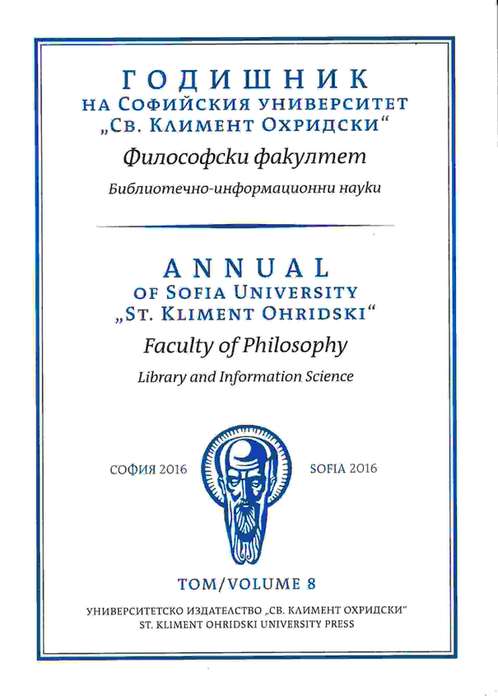
This work presents the results of a study of the currently preserved private library of Petar Danov, the Master. A bibliographic identification of the collection is performed, the data are analyzed chronologically, in linguistic and thematic aspect. Most significant Bulgarian and foreign authors and their works related to the interests and creative pursuits of Petar Danov are researched. The inscriptions and autographs left on individual specimens are studied in details. The study is the first attempt to present the private library of Petar Danov thouroughly, with full bibliographic database, by exploring even the limited historical records of some modifications in it as a result of persecution, confiscations of books and repressions against supporters of his teachings.
More...
The museum has long since gone beyond its function as a monolithic guardian and passive source of knowledge. Today, it is actively involved in the creation of social and individual meanings, as well as in the education of Generation Z students (born between approximately 1995 – 2015) in dozens of humanities and exact sciences fields. Museum collections and exhibitions offer a variety of educational opportunities for teaching in any university major. Academic literature indicates that a well-thought-out and structured live learning encounter with art objects or artefacts engages the visitor on a sensory and emotional level, creating the conditions for a deeper perception and understanding of given concepts or content. A successful educational experience in the museum is also determined by the use of appropriate pedagogical approaches, which help to establish the connection between the selected works in advance of the educational topic. This article presents six broadly applicable interdisciplinary models for teaching with art objects: the museum as an institution; visual and tangible literacy; art as context; art as a conceptual framework, art as primary text, and art as creative inspiration. Developed and utilized by the author in her many years of professional practice, these six models offer an accessible entry into the idea of the museum as a pedagogical partner and prolific space of learning. They allow educators from all disciplines, even those not traditionally involved with visual culture and the arts, to imagine how a museum visit can be structured and can contribute to specific educational goals and outcomes. The article perceives the 21st century museum as an accessible, inclusive and multimodal educational medium that emphasizes both the acquisition of knowledge and the development of skills and mindsets are particularly important for the success of Generation Z and its specific educational needs, styles and environments.
More...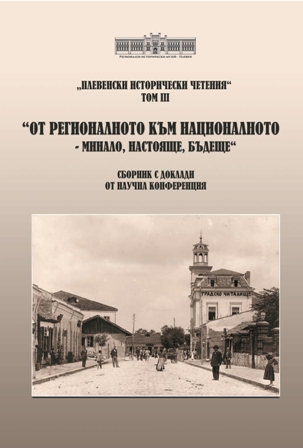
„The Golden Book of Sofia“ in the permanent exhibition of the Regional Historical Museum – Sofia holds the status of a monument of national importance. The book consists of 86 pages in a piled condition, adorned with gold leaf. „The Golden Book“ is placed in a leather binding resembling a cover, decorated at the edges with colourful floral and geometric ornaments, and in the centre – with the coat of arms of the capital. It is preserved in a carved wooden box. This unique „chronicle“ preserves the memory of the history of the capital from 1912 to 1972. Official delegations, tourist groups, or individual guests from different cities, countries, and continents leave their names, impressions, and wishes for Sofia and its residents. The pages of the book contain information about various events related to our regional and national history.
More...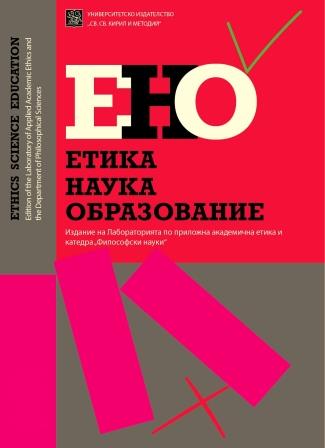
Metaphor can be seen as a metaphysical armature when having in mind its subtlety and its contrast to the ordinary in language. Oppositionally, metaphorizing as a means is used against the well-known, repeatable, literal meanings of the common language. At the least it can be perceived as nonsense, on the contrary, it is beheld as a constitution of compound human cogitation and intellective construction. Metaphor possesses its own tradition of form which is sensed as the semantics memory it is built of. This is of importance when speaking about decoding the metaphorizing whilst interacting via dialogicity. The memory of forms in metaphorizing leads to a fictional meaning and if an alternative perusal occurs, that could only style a mistake. A metaphor is not just a substitution or “saying one thing instead of another”. Essentially, metaphor has its own being and only the literate one could use such in a way that is virtuoso-built whilst using language off the ordinary, but beyond.
More...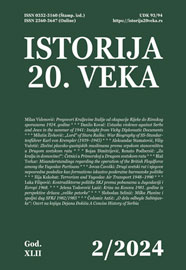
Review of: Владимир Кривошејев, Раде Ристановић, ОКУПИРАНА КУЛТУРА: НАЦИСТИ, КОЛАБОРАЦИОНИСТИ, МУЗЕЈИ И КУЛТУРНА ДОБРА У СРБИЈИ ТОКОМ ДРУГОГ СВЕТСКОГ РАТА, Београд, Друштво за урбану историју, 2023, 298
More...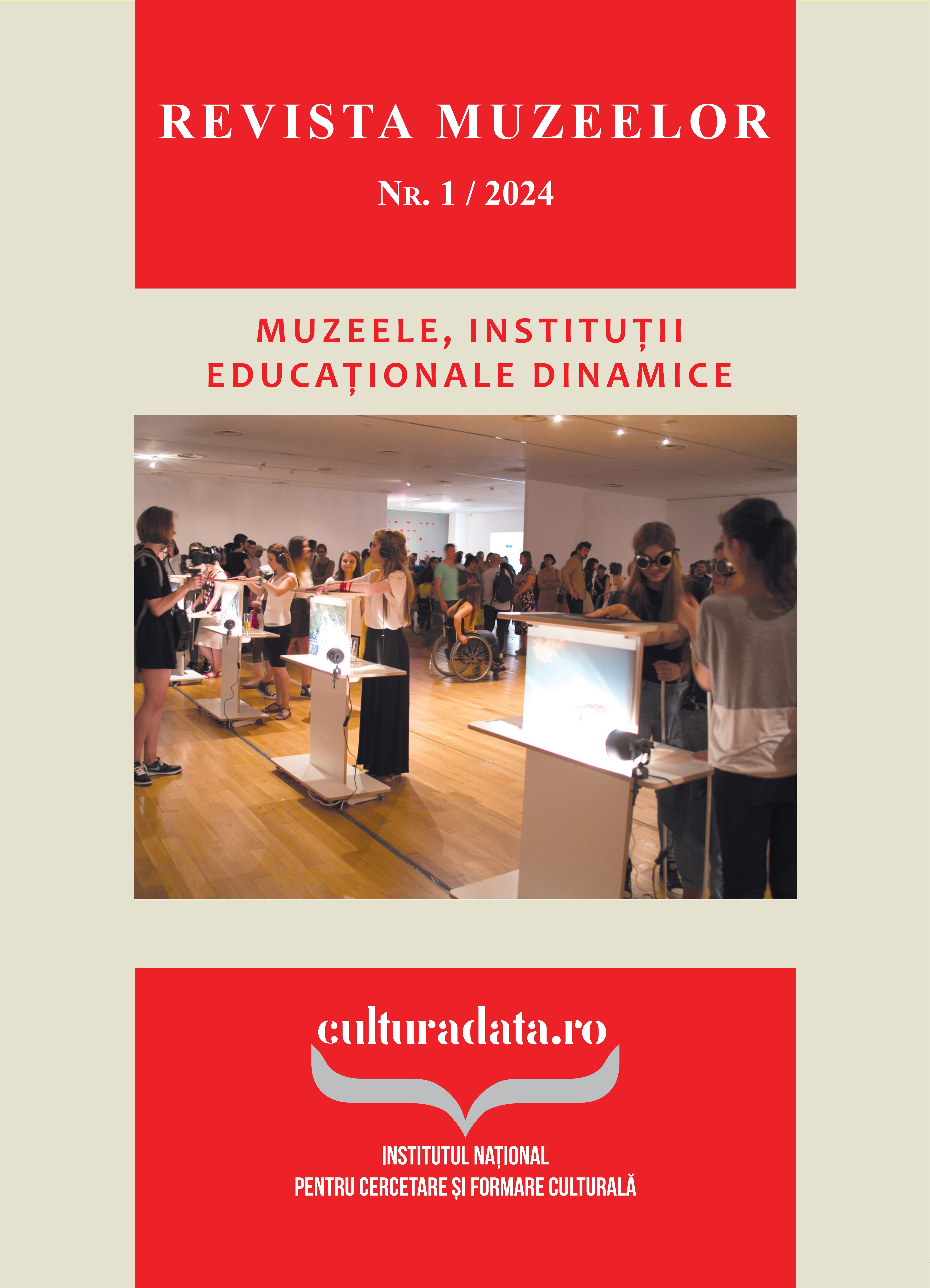
The position of a museum educator is evolving among the team of experts that any museum recruits in order to fully utilize their potential resources. This essay underlines the fact that today’s museum educator is called not only to use his expertise in doing his multidisciplinary duties, but also to take them to the extent where the public experience unique feelings and sensations that are beneficial to the inclusion of museum culture. We intend to trace the turning points of the progress of museum education and the position of museum educator, examining the key aspects of the strategies and approaches they rely on in their work. Highlighting the benefits and new objectives of museum education, we hope to outline the various aspects of the museum educator who, based upon his robust interdisciplinary training, supplies his colleagues with a thorough example of an effective practitioner while also adding value to the museum institution in which they work. The paper examines how museum educators fulfill their role as cultural promoters and mediators, balancing social objectives, public needs, and heritage values. Furthermore, examining the expansion of the conceptual scope of museum education, the paper provides special emphasis on the influence of new technologies on museum education activities. By showing that they are able to respond to future challenges in this plan as well, we draw the conclusion that the museum educator is able to fulfill a vital task for the museum institution and, in the future, their role will gain even greater importance. Naturally, we would like to strengthen our approach with further research.
More...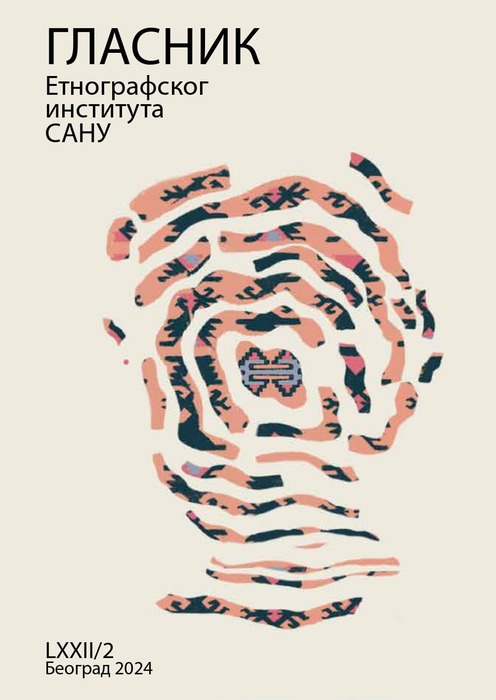
Questions about the intangible cultural heritage (ICH) in recent years represent not only the mere registration, safeguarding, and sustainability of elements, and the application of the UNESCO Convention, but they also pose the problem of functioning and (lack of) experts in charge of the processes above. Considering the complex situation surrounding the overall political and cultural context of Bosnia and Herzegovina, and thus the adopted Convention and its application, the issue of education and the work of experts in the field of protection of the ICH arise. Based on the “inside” and “outside” view, the paper will try to draw attention to the issues of education and the concrete actions of experts who acquired (and are acquiring) their competencies in different ways. The paper also emphasizes the evident need for changing/supplementing the educational programs of the profile of future experts in culture on the example of East Sarajevo. One of the two existing universities in the Republika Srpska is located in East Sarajevo, recognized as the “student” and “university center of the eastern part of Srpska”. This area is also rich on musical, folkloristic, and cultural level, and one element on the preliminary list of the ICH of Republika Srpska-Bosnia and Herzegovina comes from East Sarajevo. The aim of the paper is, on the one hand, to point out the problem of education and the creation of profiles of experts in culture through different levels of education, and on the other hand, to point out of activity of artists, (un)official experts and associations in culture, observed through the prism of ICH in the area of the City of East Sarajevo.
More...